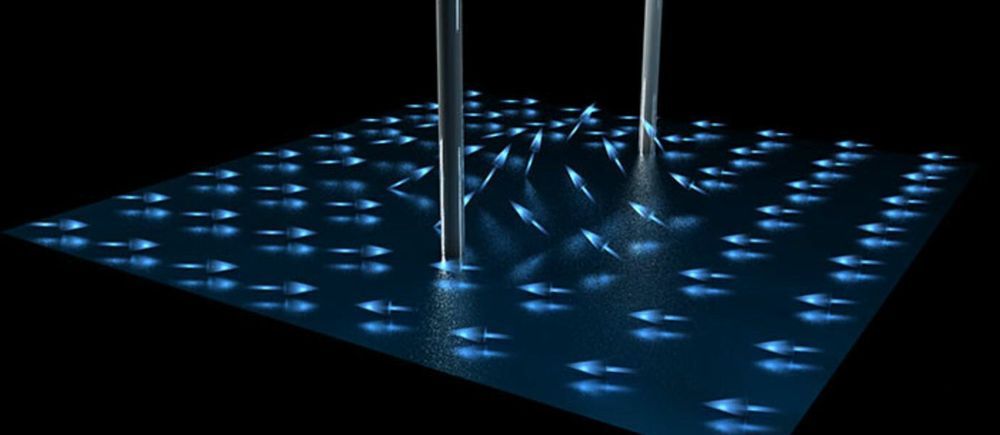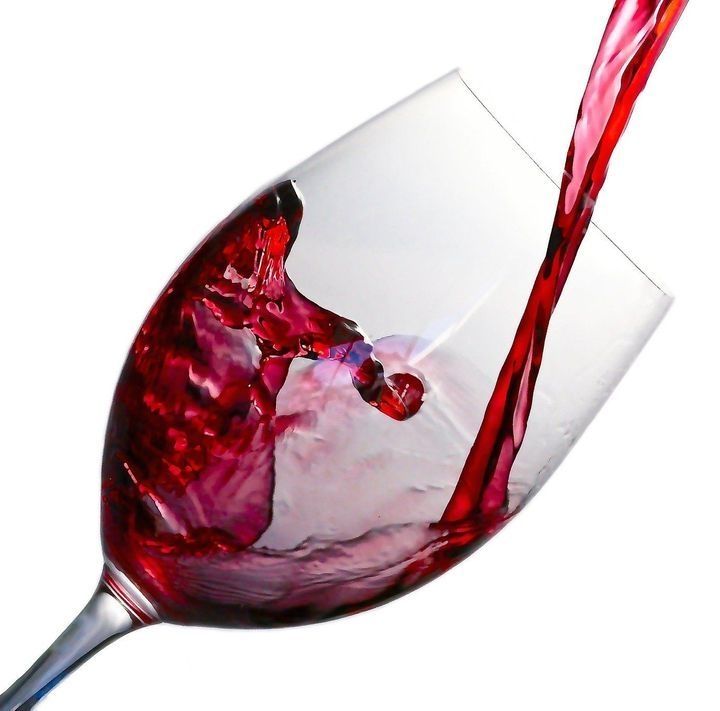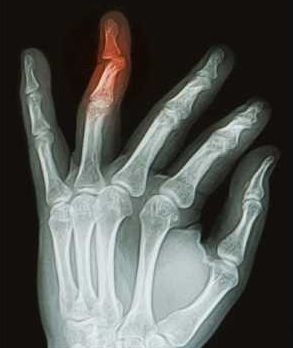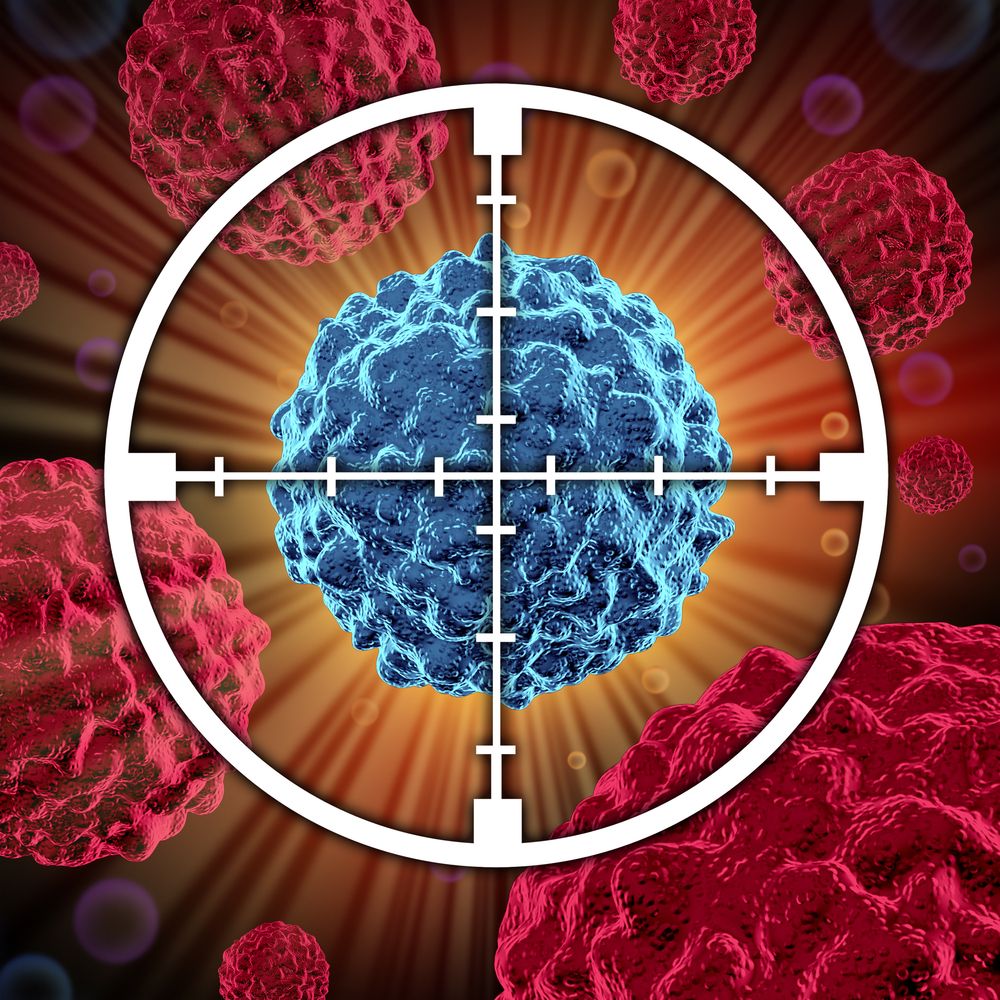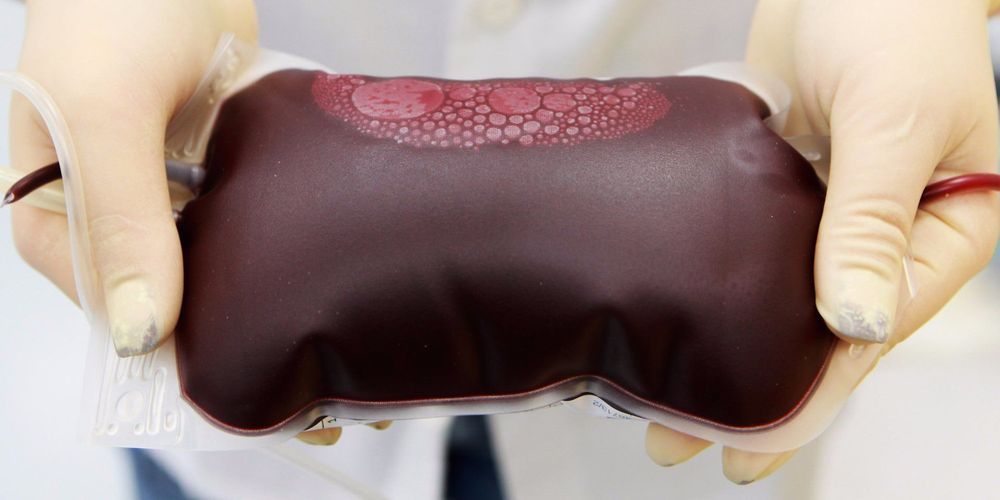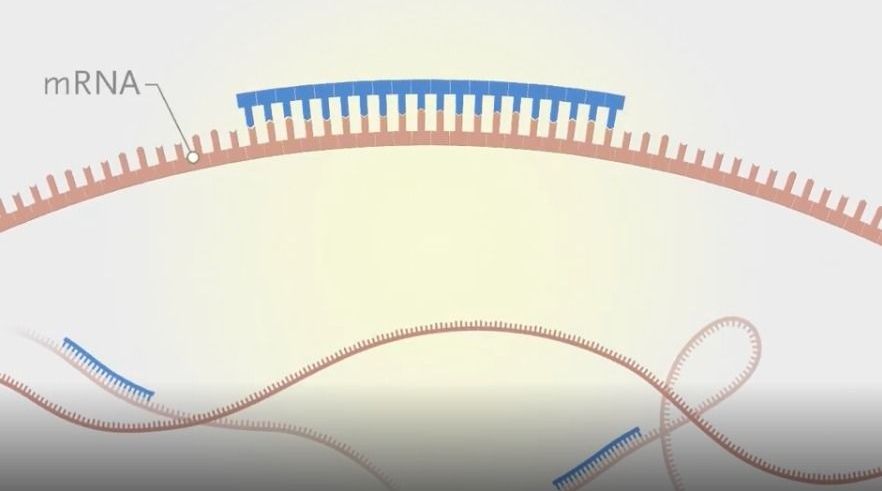Jan 30, 2019
New quantum structures in super-chilled helium may mirror early days of universe
Posted by Paul Battista in categories: cosmology, quantum physics
For the first time, researchers have documented the long-predicted occurrence of ‘walls bound by strings’ in superfluid helium-3. The existence of such an object, originally foreseen by cosmology theorists, may help explaining how the universe cooled down after the Big Bang. With the newfound ability to recreate these structures in the lab, earth-based scientists finally have a way to study some of the possible scenarios that might have taken place in the early universe more closely.
